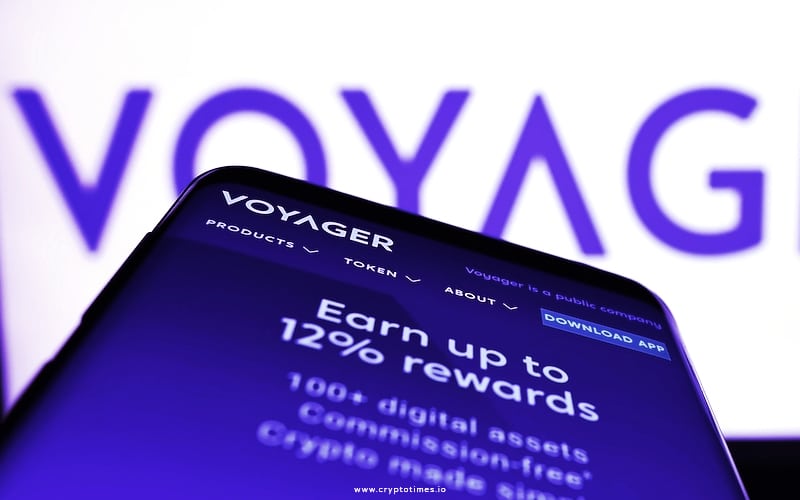The defunct crypto lender, Voyager Digital, had been seeking a sale to Binance US, and has recently announced in court that it will wind down operations and self-liquidate its assets instead.
The decision comes after Binance.US pulled out of a $1 billion deal to purchase Voyager’s assets following a US government intervention to block part of it.
The move will leave Voyager’s creditors with an estimated recovery rate of just 36%, significantly lower than the 72-73% anticipated had either acquisition plan succeeded.
Customers of Voyager will be able to withdraw the permitted percentage of their cryptocurrency directly if they have any of the 67 “supported” tokens, such as BTC and ETH, stuck on the platform.
In addition, those who own any 38 “unsupported tokens,” such as SOL and ALGO, will have everything liquidated and receive payment in the stablecoin USDC.
Failure in the attempt to recoup $446 million from the estate of Voyager by defunct cryptocurrency trading company Alameda Research might cause a rise in the recovery rate.
In addition to holding back an additional $259.6 million for litigation costs, administrative claims, and other “holdbacks,” Voyager’s attorneys have set aside $446 million of the estate’s assets for the Alameda lawsuit. “.
While Voyager’s creditors will undoubtedly be disappointed with the outcome, it is worth noting that they are still in a better position than those of some other bankrupt crypto platforms.
For example, Celsius’ creditors are expected to recover around 70% of their holdings. Nonetheless, the news is a reminder of the risks associated with investing in the volatile and ever-changing world of cryptocurrencies.






